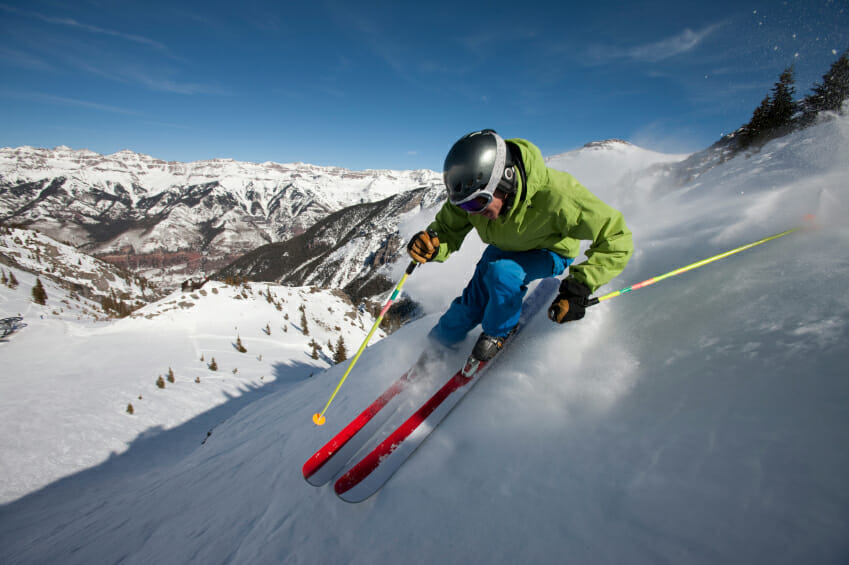Though snow usually brings to mind traffic delays and never-ending shoveling for most people, for skiers, it also means another season of fun on the slopes.
As a great form of exercise and a perfect way to experience the outdoors, skiing creates an opportunity to stay in shape without having to stay inside during the winter. While improvements in equipment have made skiing a much safer sport than it once was, the risk for injury is still apparent and can easily ruin a vacation or even an entire season.
Due to the pivoting nature of skiing, knee injuries, especially to the anterior cruciate ligament (ACL) are the most common of all injuries seen in the sport. Injuries to the shoulder, including dislocations, sprains and separations, also occur frequently as a result of arms being put out to break falls. Though not as prevalent, skiing can also result in other injuries to the hand, wrist, spine, lower extremities, and in some cases, head injuries like concussions.
If you’re eager to get in the snow but don’t want to cut your season short from an injury this year, ski smart and safe on the slopes by following these 8 pointers:
1) Be sure you’re using proper, up-to-date equipment; boots should fit snugly with no ankle movement, bindings should be adjusted, also wear a helmet
2) Warm up with some brisk walking or running and stretching for about five minutes before hitting the slopes; especially focus on your hamstrings
3) Take some slower runs on beginner-to-moderate trails to ease into the day before attempting more strenuous work on advanced trails
4) Stay hydrated and fueled all day, and take breaks when needed
5) Follow advisory signs, stay in-bounds, always ski with a partner and follow the rules (e.g. the person in front of you always has right of way)
6) Don’t ski above your ability level or try to keep up with too fast a pace
7) If you do start to fall, go with it instead of trying to resist; a rigid body is much more prone for injury than a loose one
8) If you’d like to get ahead of the game, try training a few weeks before and during the season to put yourself in optimal shape and reduce injury risk: Strength training (single leg squats or lateral lunges are recommended), flexibility training (increases range of motion) and aerobics training (increases stamina) will all help accomplish this
Most skiing injuries occur at the end of the day or after eating lunch when fatigue sets in and people aren’t as careful on the mountain, so be extra careful during these times and don’t continue skiing when you’re too worn out.
We at Dynamic Sports Physical Therapy in New York City hope you have an enjoyable and injury-free ski season, and would be glad to assist you with any additional questions or concerns about a fitness program or how to best prevent an injury this winter.

